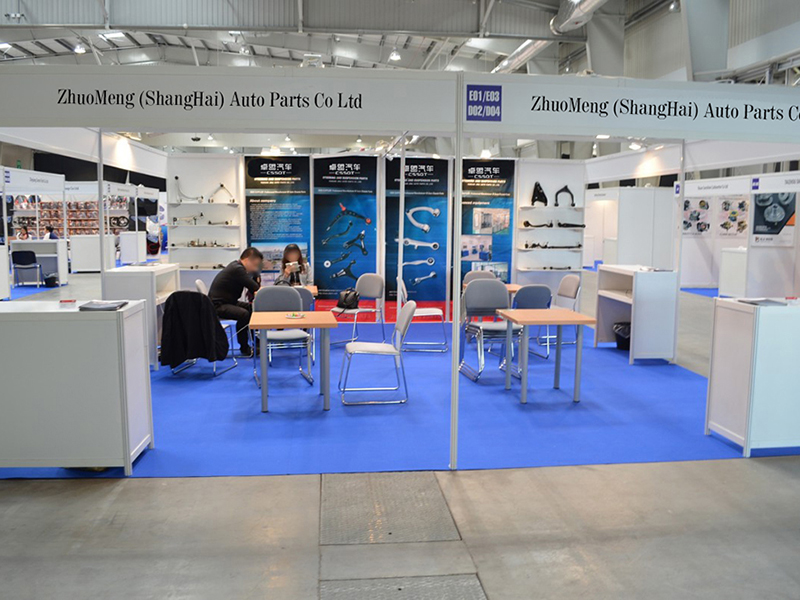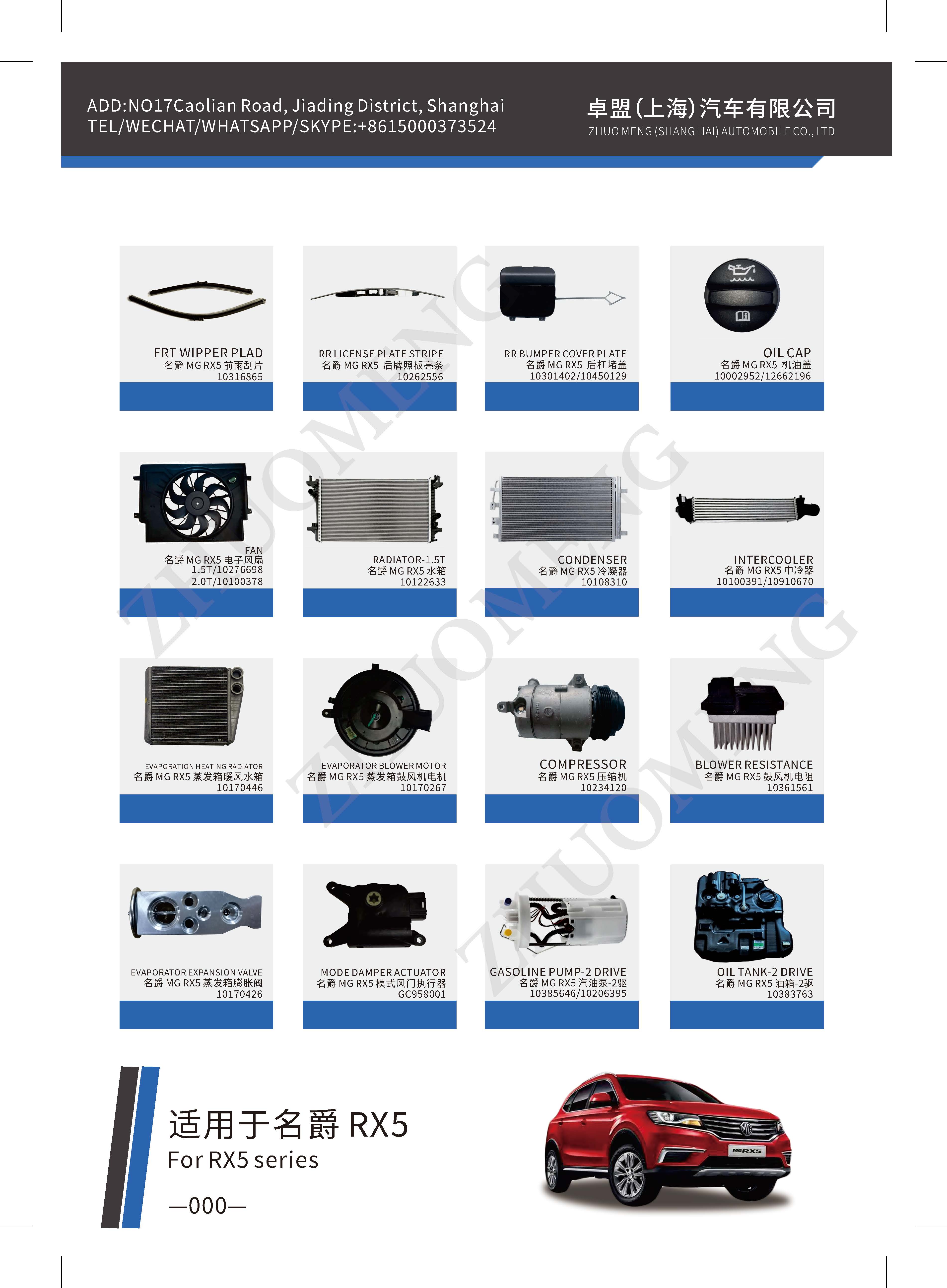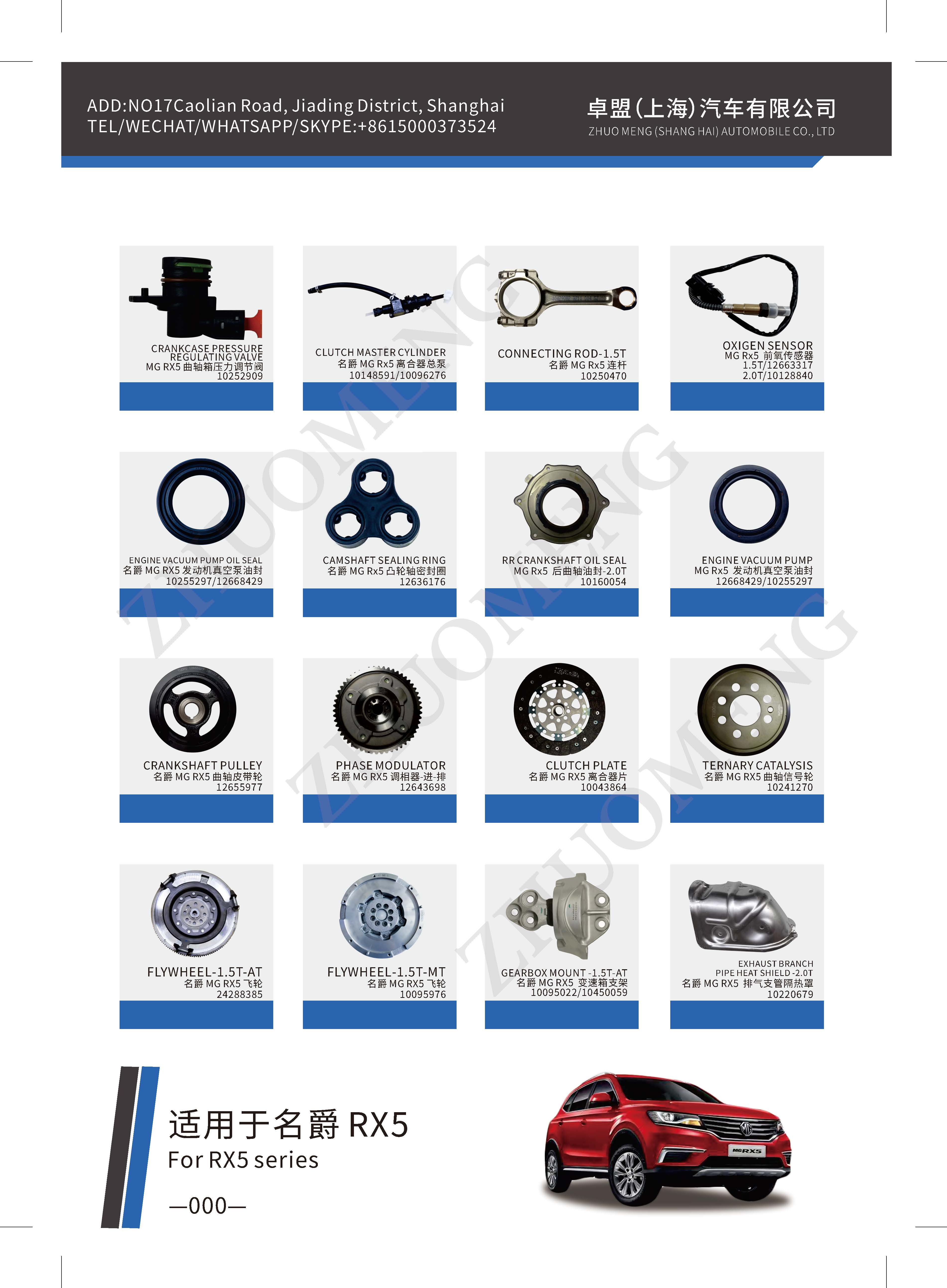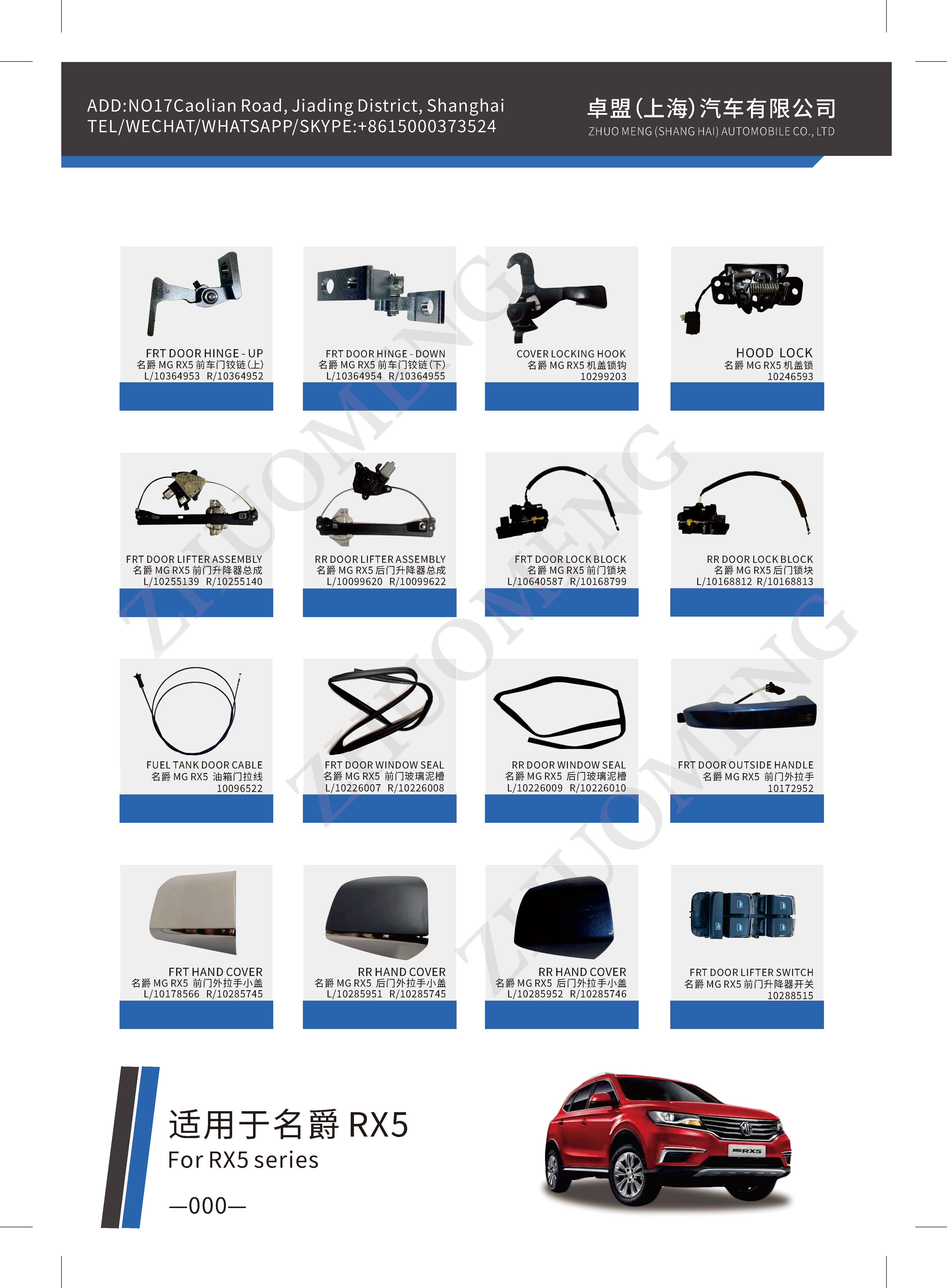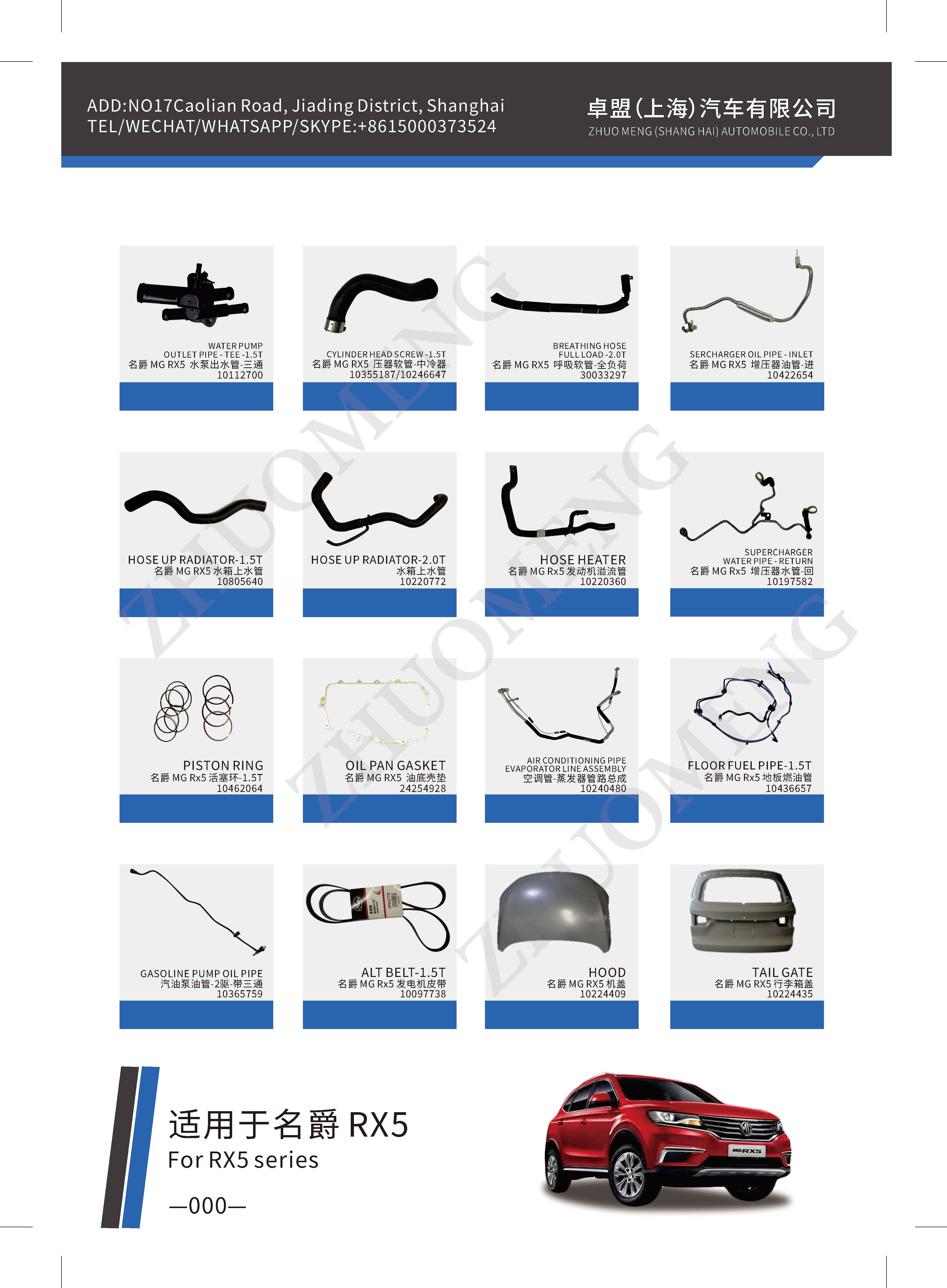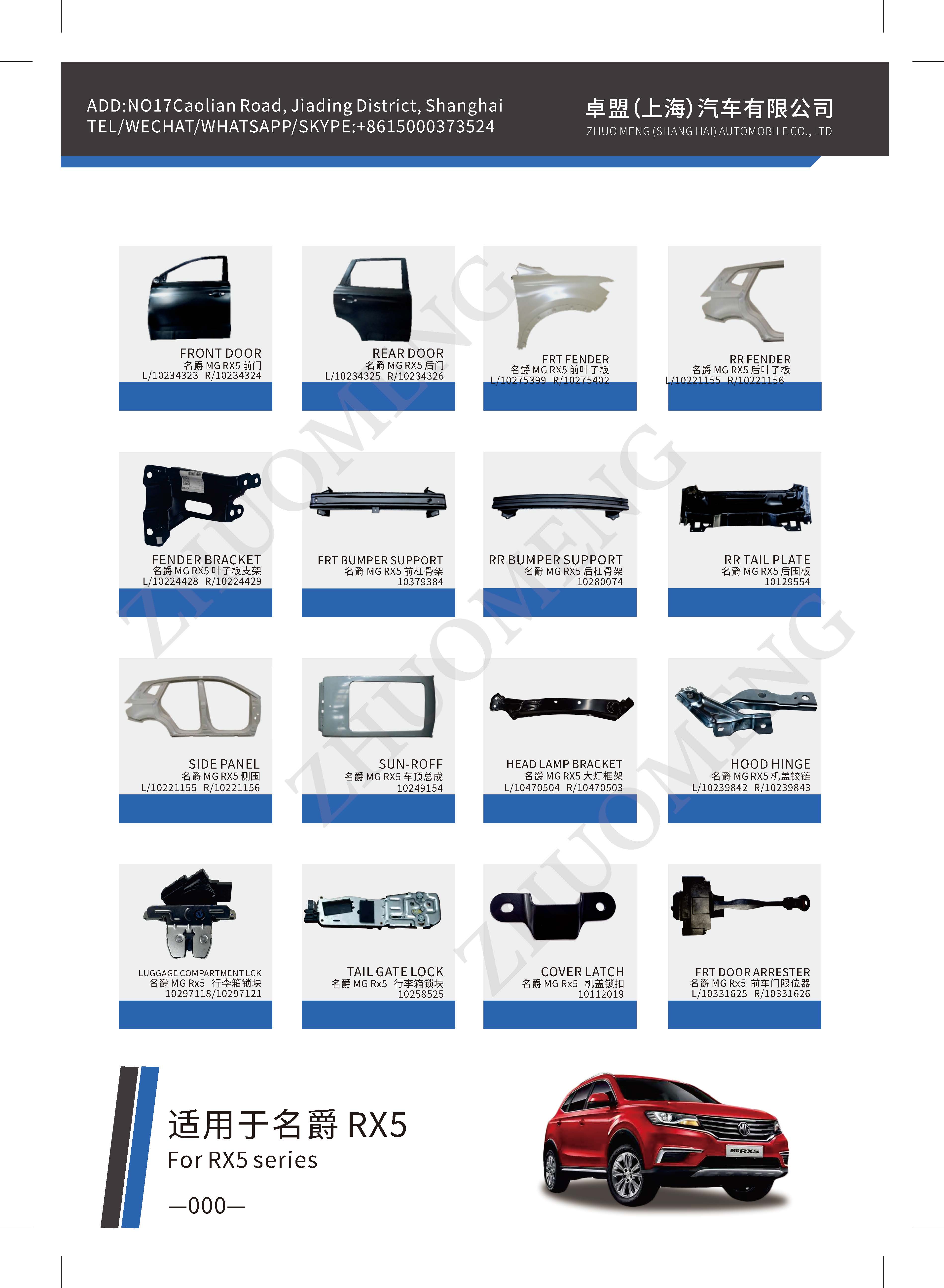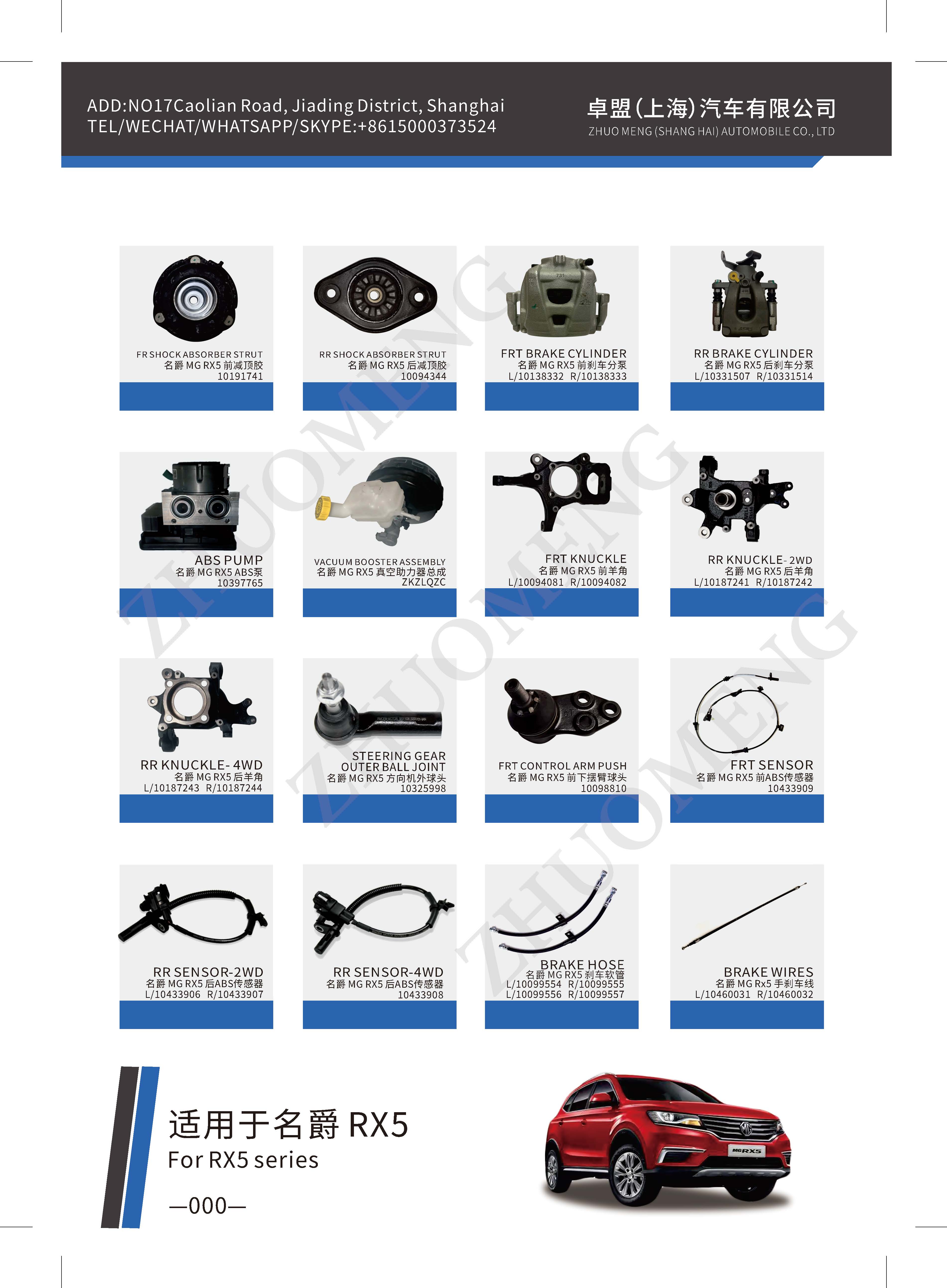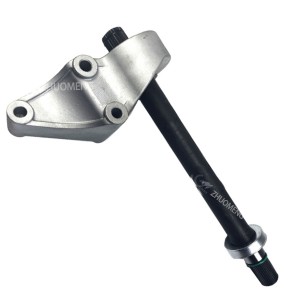Drag arm suspension (semi-independent suspension)
Tow arm suspension is also known as semi-independent suspension, which has both the shortcomings of non-independent suspension and the advantages of independent suspension. From the perspective of structure, it belongs to non-independent suspension, but from the perspective of suspension performance, this kind of suspension is to achieve the performance of full tow independent suspension with higher stability, so it is called semi-independent suspension.
Tow arm suspension is designed for the rear wheel suspension structure, its composition is very simple, to achieve the wheel and the body or frame of the swing up and down boom rigid connection, and then to hydraulic shock absorber and coil spring as a soft connection, play the role of shock absorption and support the body, cylindrical or square beam is connected to the left and right wheels.
From the perspective of the structure of the tow arm suspension, the left and right swing arms are connected by the beam, so the suspension structure still maintains the overall bridge characteristics. Although the structure of tow arm suspension is very simple, the components are very few, can be divided into half tow arm type and full tow arm type two types.
The so-called half tow arm type means that the tow arm is parallel or properly inclined to the body. The front end of the tow arm is connected to the body or frame, and the back end is connected to the wheel or axle. The tow arm can swing up and down with the shock absorber and coil spring. The full drag arm type refers to that the drag arm is installed above the axle, and the connecting arm extends from the back to the front. Usually, there will be a similar V-shaped structure from the connecting end of the drag arm to the wheel end. Such a structure is called the full drag arm type suspension.
Double fork arm independent suspension
Double fork arm independent suspension is also known as double A-arm independent suspension. Double fork arm suspension is composed of two unequal A-shaped or V-shaped control arms and strut hydraulic shock absorbers. The upper control arm is usually shorter than the lower control arm. One end of the upper control arm is connected to the pillar shock absorber, and the other end is connected to the body; One end of the lower control arm is connected to the wheel, while the other end is connected to the body. The upper and lower control arms are also connected by a connecting rod, which is also connected to the wheel. The transverse force is absorbed by the two fork arms simultaneously, and the strut only carries the body weight. The birth of the double-fork arm suspension is closely related to the McPherson independent suspension. They have the following in common: the lower control arm is composed of A V or A shaped fork control arm, and the hydraulic shock absorber acts as a pillar to support the whole body. The difference is that the double-arm suspension has an upper control arm connected to the strut shock absorber.


